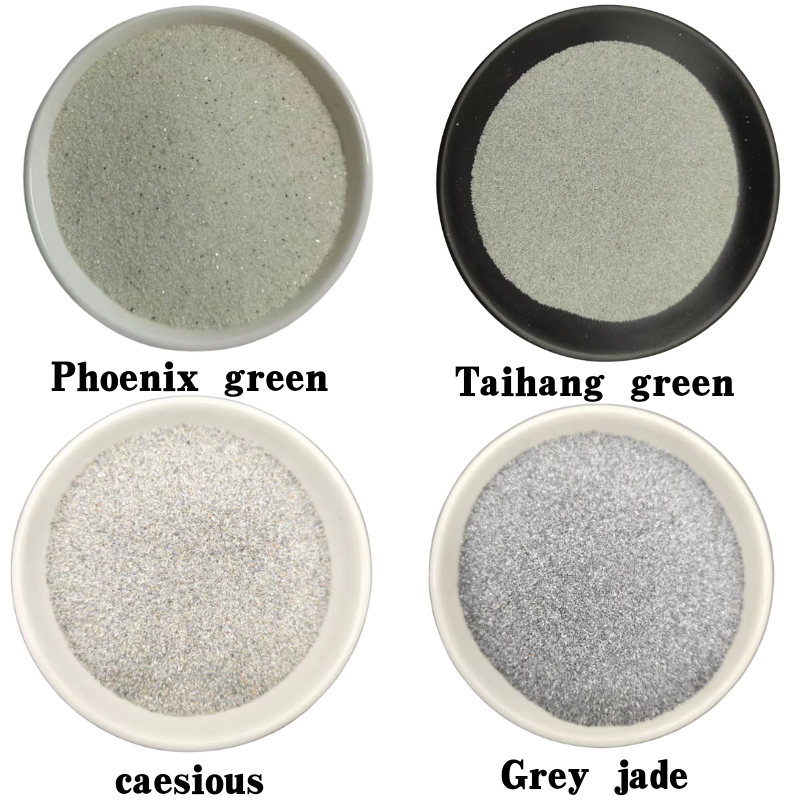
Utilizing Silica Fume and Fly Ash in Concrete Production for Enhanced Performance and Sustainability
The Role of Silica Fume and Fly Ash in Concrete Manufacturing
Concrete is one of the most widely used construction materials in the world, valued for its versatility, durability, and ability to be molded into various shapes. The quest for improving the performance and sustainability of concrete has led to the incorporation of supplementary cementitious materials (SCMs) such as silica fume and fly ash. These materials not only enhance the properties of concrete but also contribute to environmental sustainability by recycling industrial by-products.
Silica Fume Enhancing Strength and Durability
Silica fume, a by-product of silicon and ferrosilicon alloy production, is a fine powder consisting predominantly of silicon dioxide (SiO2). When added to concrete, silica fume acts as a pozolanic material, meaning it reacts with calcium hydroxide in the presence of water to form additional cementitious compounds. This chemical reaction enhances the strength and durability of concrete, making it an ideal choice for high-performance applications.
One of the key benefits of incorporating silica fume into concrete is the improvement in compressive strength. The ultra-fine particles of silica fume fill the voids in the cement matrix, resulting in a denser and more compact microstructure. This ultimately leads to higher strength concrete, capable of withstanding greater loads and stresses. Additionally, the use of silica fume can enhance concrete’s resistance to shrinkage and cracking, reducing the risk of structural failures.
Fly Ash Sustainability and Workability
Fly ash, a by-product of burning pulverized coal in electric power generating plants, serves as another significant SCM in concrete production. It is obtained from the flue gases emitted during combustion and is collected through electrostatic precipitators. Fly ash is known for its pozzolanic properties, which allow it to react with calcium hydroxide to form additional cementitious materials, similar to silica fume.
silica fume and fly ash in concrete manufacturer

The incorporation of fly ash into concrete mix not only enhances the material's overall workability but also contributes to its sustainability. By replacing a portion of Portland cement with fly ash, manufacturers can reduce the carbon footprint of concrete production significantly. Cement production is a major source of carbon dioxide emissions; substituting cement with fly ash decreases the amount of cement required, thus lowering emissions.
Moreover, fly ash improves the fresh properties of concrete, enhancing its workability and reducing the water-cement ratio. This leads to easier mixing, placing, and finishing of concrete. Additionally, fly ash can improve the long-term performance of concrete, offering better resistance to sulfate attack and chloride intrusion, which are common causes of deterioration in concrete structures.
Combining Silica Fume and Fly Ash A Synergistic Approach
The simultaneous use of silica fume and fly ash in concrete mixes can provide a synergistic effect, yielding even better performance characteristics than using either material alone. This combination maximizes the benefits of both materials, offering enhanced strength, durability, and workability while promoting sustainability in concrete production.
The strategic formulation of concrete with these SCMs allows for the production of high-performance concrete that meets the demands of modern construction while addressing environmental concerns. With the growing emphasis on sustainable building practices, the popularity of silica fume and fly ash is expected to rise.
Conclusion
In conclusion, the integration of silica fume and fly ash into concrete manufacturing is a testament to the industry’s commitment to innovation and sustainability. By harnessing the properties of these supplementary cementitious materials, manufacturers can produce concrete that is not only stronger and more durable but also more environmentally friendly. As the construction sector continues to evolve, the use of silica fume and fly ash will play an essential role in shaping the future of concrete technology.
Share
-
Fly Ash Solutions Enhanced by GPT-4 Turbo | Sustainable InnovationNewsAug.01,2025
-
Natural Premium Bentonite Cat Litter - Superior ClumpingNewsJul.31,2025
-
Premium Resin Coated Sand - High Heat Resistance CastingNewsJul.31,2025
-
High Quality Silicon Carbide Grit for Abrasive ApplicationsNewsJul.30,2025
-
High-Quality Ceramsite for Plants & Gardening | Lightweight PebblesNewsJul.29,2025
-
Premium Burgundy Glass Marbles for Vases & Shooter GamesNewsJul.29,2025






